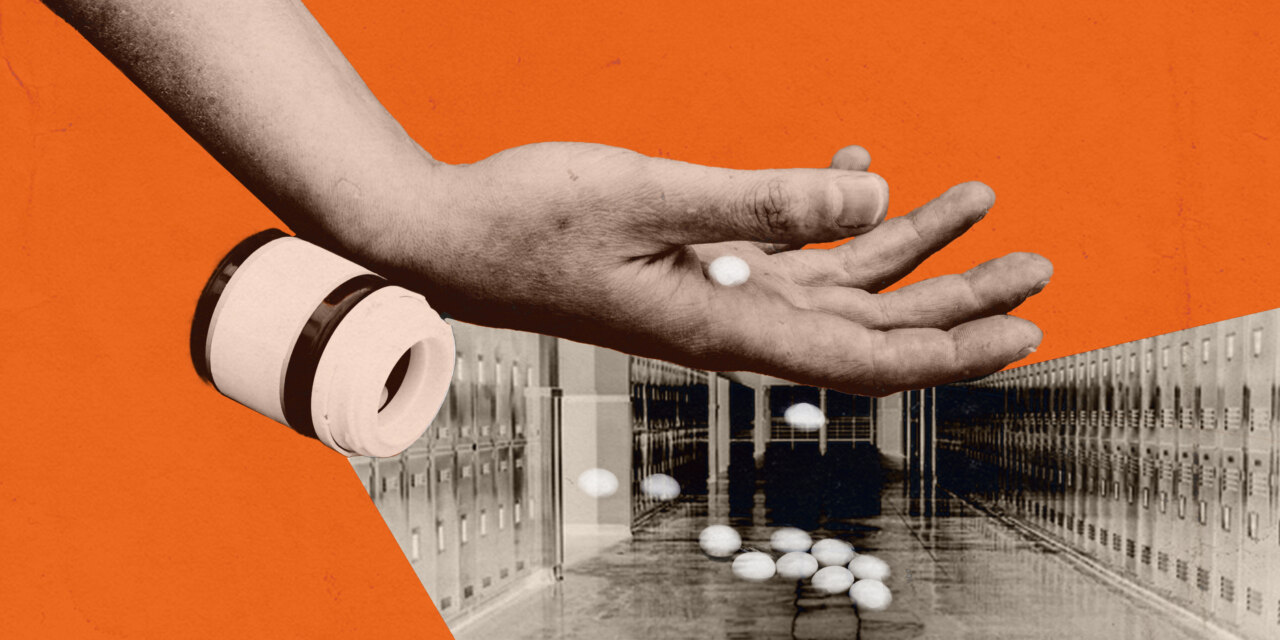Today’s post concerns a serious outbreak of fentanyl-related incidents at Northern Virginia high schools. The Governor has even gotten involved.
A link to one of many recent news pieces:
Virginia Gov.: School districts must tell parents about overdoses within 24 hours
Per the County Sheriff’s office, “a total of 10 students at six different schools have suffered suspected overdoses on their respective campuses so far this school year.” That’s disturbing. None were fatal, fortunately, and all were successfully treated with naloxone or CPR. They’ve been lucky.
The Sheriff has complained bitterly about the school’s response, or lack of it. He sent a highly critical letter to school officials, excerpts from which have been reprinted in the media. The Governor weighed in with an order to Virginia’s school systems that they “… notify all parents within 24 hours of a student overdose, work with police to prevent overdoses and strengthen student education about the dangers of drug abuse.”
You remember the sense of urgency during the initial months of our response to the crack epidemic, in the early 80’s? Orders like the above were common, especially in large cities like the one where I ran a treatment program. The focus was on increasing public awareness, getting parents involved, supporting the police, and hammering home to students the dangers of crack use.
It seemed justified at the time. But looking back, how effective was that approach in terms of its ultimate goal: Dissuading kids from experimenting with drugs?
According to the research that followed, not nearly as effective as we all hoped.
So now, per this Governor’s order, every parent in the school district will be notified within 24 hours of every overdose (hopefully only at their own children’s schools).
How do we expect parents to respond?
After all, there are 80,000 students in the County public school system. Figure that in most cases, the parent will get a text or an email alerting them to an incident that has already occurred, probably involving a youth they don’t know, and perhaps neither do their kids.
It’s unlike an Amber Alert, where the intent is to spur the public to be on the lookout for a missing child. In this instance, the response is much less clear.
Talk to your own kids about drug abuse? Always a good idea, but how many times can that be repeated before the kids simply tune it out? Get angry at school administrators? Write letters to their congressperson?
I prefer other options, based on experience with other drug outbreaks, and the research that followed them. They involve parent participation, but in a good way. Not by simply presenting the parent with another disturbing piece of information and expecting them to somehow deal with it on their own.
Pretty soon, they’ll stop listening. It’s human nature.
Of course, Sheriffs and School Board members and Governors are elected officials, so I can’t dismiss the possibility of some politicking here. Lot of that went on during the crack epidemic, as well.
If I had to recommend something, it would be for schools and parents to grab onto those evidence-based approaches and make them integral to your school culture. So that we don’t just slip back into ignorance once the crisis ends, and forget about the issue until the next crisis comes along.
If you wonder why society always seems to be unprepared for new drug epidemics — that’s why.













